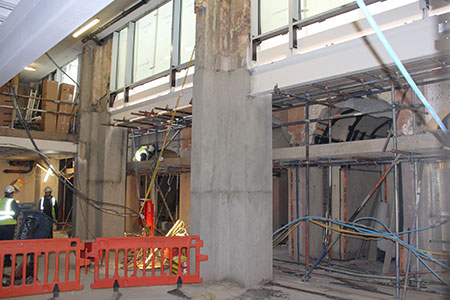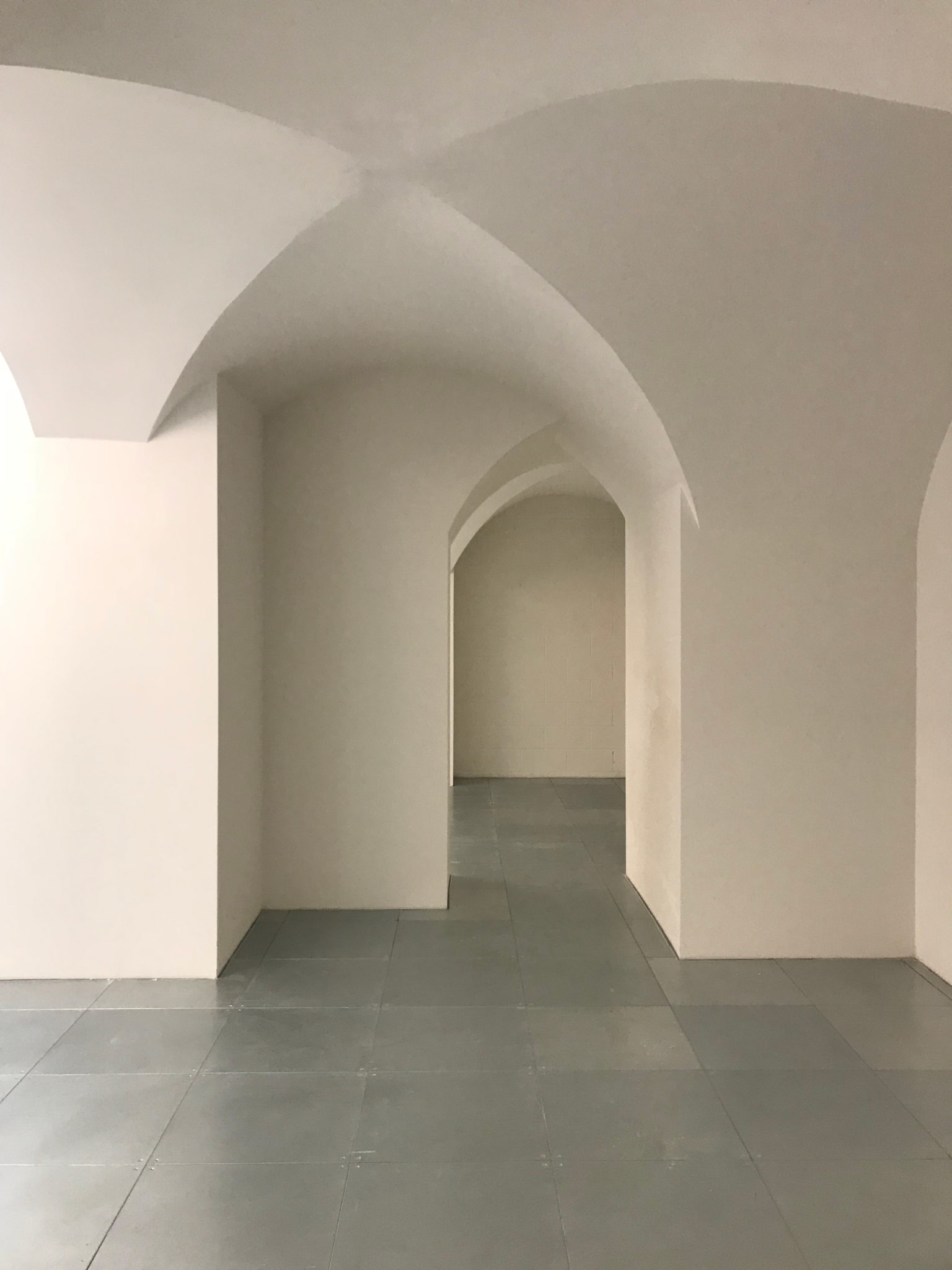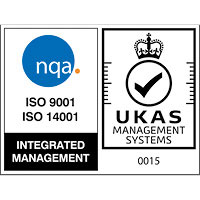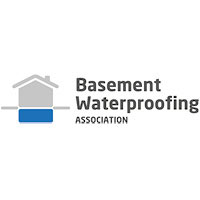Basements & Waterproofing
A Cemplas diagnostic survey will identify the prevalent factors, and recommend the optimum solution. The remedy will also depend on the intended use of the basement. If the existing structure is largely sound or to be built (new), Cemplas may recommend a cementitious tanking approach. If an existing basement is in poor condition, cavity drainage using a studded membrane and a pump to drain the water would be preferable. Localised problems would most likely be treated with resin injection.


Waterproofing new and existing basements
New basement methods:
Cementitious (renders and slurries)
Cavity drain Sheet membrane
Existing basement methods:
Cementitious (renders and slurries)
Cavity drain
Leak sealing by resin injection (for localised repairs)
Sheet membrane
Cavity Drain Membrane Systems
Cavity drain membranes work on the principal of allowing water to continue to penetrate the structure but control it in the air gap and divert it to a suitable drainage point or pump (if required). Cavity membranes do not allow pressure to build up against the internal construction, and the air gap behind the membrane allows the structure to ‘breathe’ and dry out. The membranes are impermeable to water, and gas and water vapour, thus protecting the basement internal space from dampness. Membranes are loose laid on floors and fixed to walls using special plugs and sealing materials.
Cavity membranes can be fitted with little or no preparation to the substrate. Once fitted, wall surfaces can be dry lined or plastered directly, and floors can be screeded, or a suitable dry board system installed. This method of basement waterproofing allows decoration and floor finishes to be completed almost immediately, without long drying out periods.
Cementitious Coatings
These systems are a specialist waterproofing multi-coat render, or a multi-coat cementitious slurry that can withstand the external water pressure present in a basement.
Once installed, a cementitious render system will maintain a dry environment by creating a physical barrier to water entering the basement area.
Cementitious coatings can be applied direct to the substrate, but they do require preparatory works of the substrate ie: (needle gunning) to ensure that a good key is available to bond the materials to. Multicoat render applications can be installed with several interim coats increased to the degrees of water pressure resistance required.
For sealing the construction joints, expansion joints, connection joints, or cracks and fissures on concrete and masonry, a Hypalon Strip bonded with an epoxy resin is used to provide a high joint movement capacity.




















